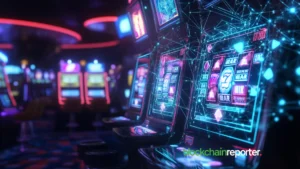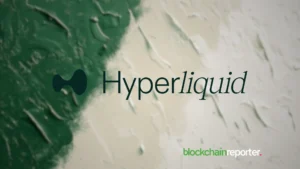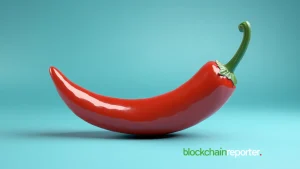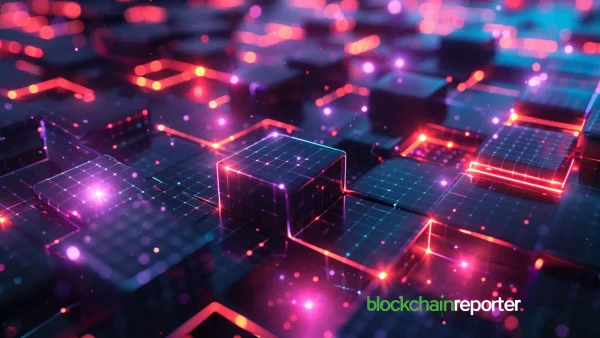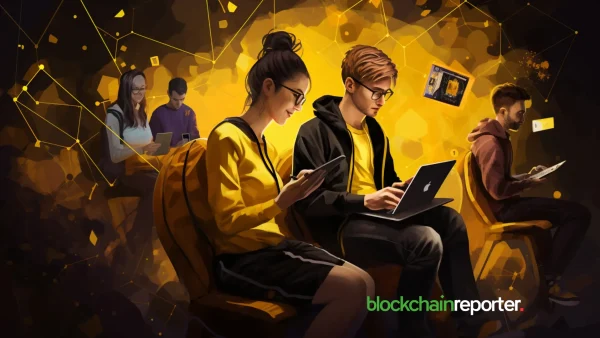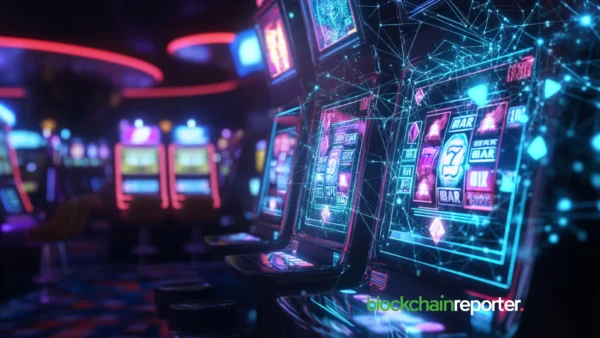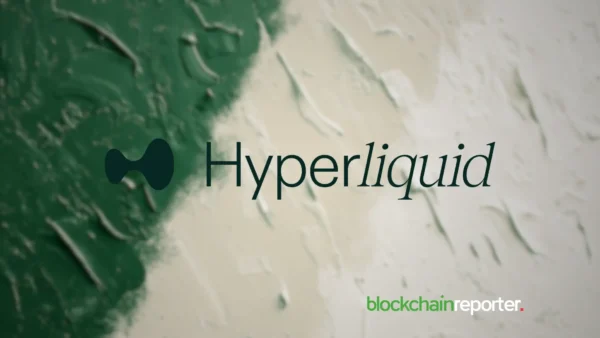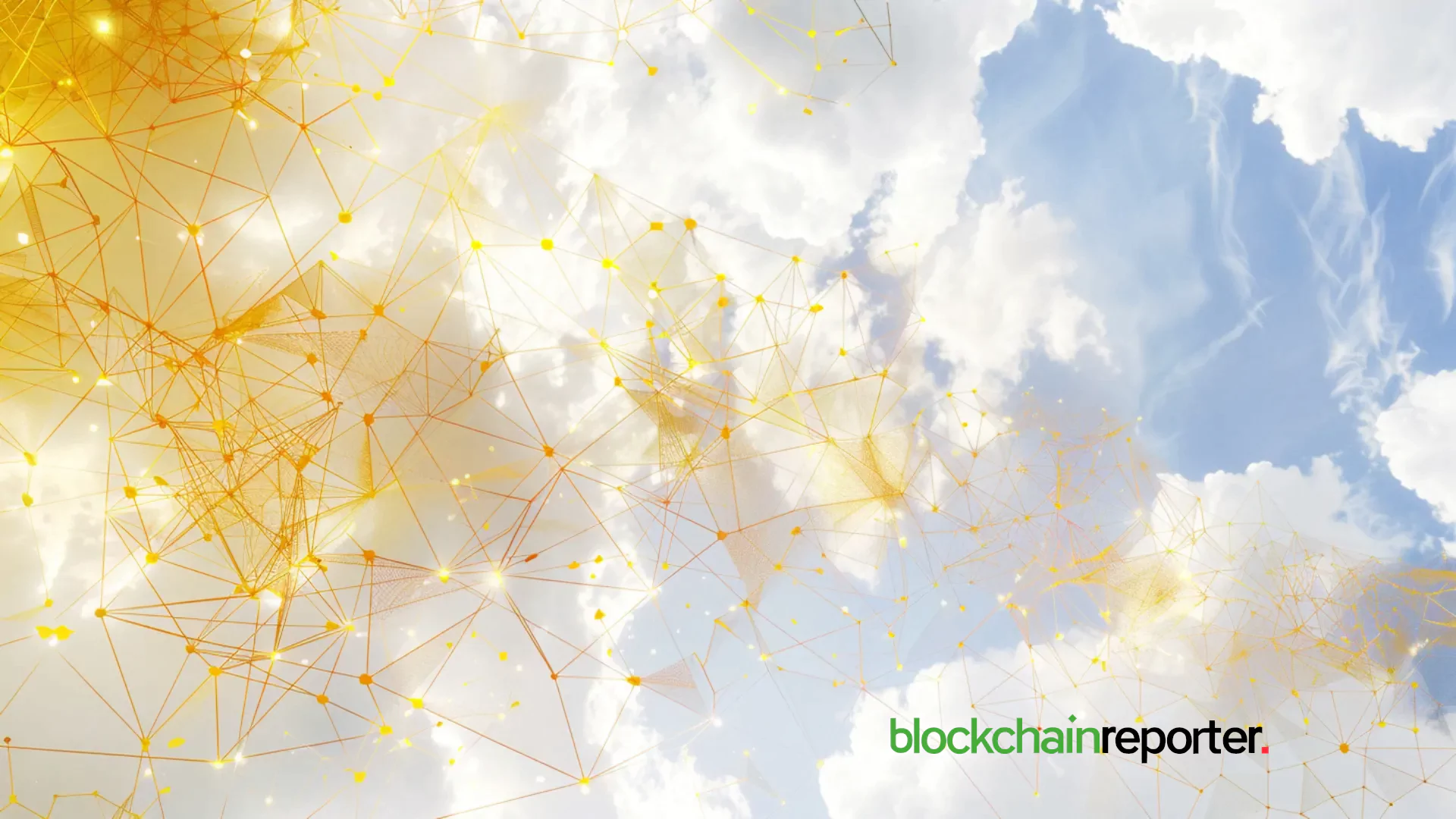
Introduction
Distributed Multi-Resource Rewards (DMRR) blockchain is an innovative development in the world of blockchain technology that seeks to revolutionize the way resources are allocated and rewarded within decentralized ecosystems. By leveraging the power of cryptocurrency, decentralization, and smart contracts, DMRR blockchain enables efficient resource utilization, incentivizing users to contribute to the growth and security of the network. In this article, we will delve into the DMRR blockchain and explore its potential impact on the digital landscape.
Understanding DMRR Blockchain
At its core, DMRR blockchain is a resource-based blockchain system designed to allocate and distribute rewards to participants in a decentralized manner. It operates on a multi-asset incentivization model, which means that users are rewarded with various digital assets for their contributions to the network. This includes activities such as mining, staking, and resource management.
In a traditional blockchain, rewards are typically limited to a single asset or token, often leading to an uneven distribution of value within the ecosystem. DMRR blockchain, however, focuses on diversifying the rewards system by incorporating multiple digital assets, leading to a more balanced and inclusive ecosystem.
Key Components of DMRR Blockchain
Smart Contracts
DMRR blockchain relies on smart contracts to automate the allocation and distribution of rewards. This ensures a transparent, secure, and efficient process for all participants, removing the need for manual intervention or central authorities.
Decentralization
By leveraging the power of decentralized networks, DMRR blockchain ensures that no single entity can control or manipulate the system. This promotes transparency, security, and fairness across the entire ecosystem.
Tokenomics
The tokenomics of DMRR blockchain are designed to encourage user participation and promote a healthy ecosystem. Users are rewarded with various digital assets for their contributions, creating a robust incentive mechanism.
Consensus Algorithms
DMRR blockchain employs advanced consensus algorithms, such as Proof of Stake (PoS) and Proof of Work (PoW), to maintain network integrity and security. These mechanisms enable efficient resource utilization, preventing malicious activities and ensuring the long-term sustainability of the network.
Cross-Chain Integration
Interoperability is a key aspect of DMRR blockchain, allowing it to seamlessly interact with other blockchain networks. This enables users to access a wide range of digital assets, enhancing the overall value and utility of the platform.
Applications of DMRR Blockchain
DMRR blockchain can be applied to various use cases, offering decentralized solutions that empower individuals and organizations alike. Some potential applications include:
Decentralized Finance (DeFi)
DMRR blockchain can facilitate the development of innovative DeFi solutions, providing users with access to decentralized financial services such as lending, borrowing, and trading.
Decentralized Applications (dApps)
Developers can leverage DMRR blockchain to create powerful dApps, allowing users to interact with a wide range of digital services in a secure and decentralized manner.
Digital Asset Management
DMRR blockchain can be used for efficient digital asset management, streamlining the process of allocating, tracking, and rewarding digital assets across various platforms.
Blockchain-based Revenue Sharing
Companies and organizations can adopt DMRR blockchain to implement transparent and fair revenue-sharing models, ensuring that all stakeholders are adequately compensated for their contributions.
Decentralized Consensus Mechanisms
DMRR blockchain can serve as a foundation for new consensus mechanisms, enabling the development of more secure, scalable, and efficient blockchain networks.
Conclusion
The DMRR blockchain represents a significant step forward in the evolution of blockchain technology, offering a more inclusive, transparent, and rewarding ecosystem for all participants. By integrating multiple digital assets, decentralized networks, and advanced consensus algorithms, DMRR blockchain has the potential to reshape the way resources are allocated and rewarded within the digital landscape.
As the technology continues to mature, it is likely that we will see an increasing number of use cases and applications emerge, driven by the growing demand for decentralized solutions. From DeFi and dApps to digital asset management and revenue sharing, DMRR blockchain offers a wide range of possibilities for individuals, businesses, and organizations alike.
Moreover, the focus on interoperability and cross-chain integration ensures that DMRR blockchain can seamlessly interact with other networks, further enhancing its utility and value within the broader digital ecosystem. This level of collaboration and connectivity will be essential in promoting the widespread adoption of blockchain technology, as it breaks down barriers between different platforms and encourages cooperation among various stakeholders.
In conclusion, DMRR blockchain is a promising development that has the potential to transform the way we approach resource allocation, incentivization, and reward distribution within decentralized networks. By leveraging the power of blockchain technology, smart contracts, and tokenomics, DMRR blockchain offers a more equitable and transparent system that can benefit users, developers, and organizations alike. As we continue to explore the full potential of DMRR blockchain, we can expect to see a wide range of innovative solutions and applications emerge, paving the way for a more inclusive and sustainable digital future.
Frequently Asked Questions
What is DMRR blockchain?
DMRR (Distributed Multi-Resource Rewards) blockchain is an innovative development in blockchain technology that focuses on the efficient allocation and distribution of rewards within decentralized ecosystems. It leverages the power of cryptocurrency, decentralization, and smart contracts to incentivize users to contribute to the growth and security of the network.
How does DMRR blockchain differ from traditional blockchain systems?
Unlike traditional blockchain systems, which usually reward participants with a single asset or token, DMRR blockchain employs a multi-asset incentivization model. This approach diversifies the rewards system, leading to a more balanced and inclusive ecosystem.
What are the key components of DMRR blockchain?
The key components of DMRR blockchain include smart contracts, decentralization, tokenomics, consensus algorithms, and cross-chain integration.
What are some potential applications of DMRR blockchain?
DMRR blockchain can be applied to various use cases, including Decentralized Finance (DeFi), decentralized applications (dApps), digital asset management, blockchain-based revenue sharing, and decentralized consensus mechanisms.
What is the role of smart contracts in DMRR blockchain?
Smart contracts play a vital role in DMRR blockchain, automating the allocation and distribution of rewards. This ensures a transparent, secure, and efficient process for all participants, eliminating the need for manual intervention or central authorities.



